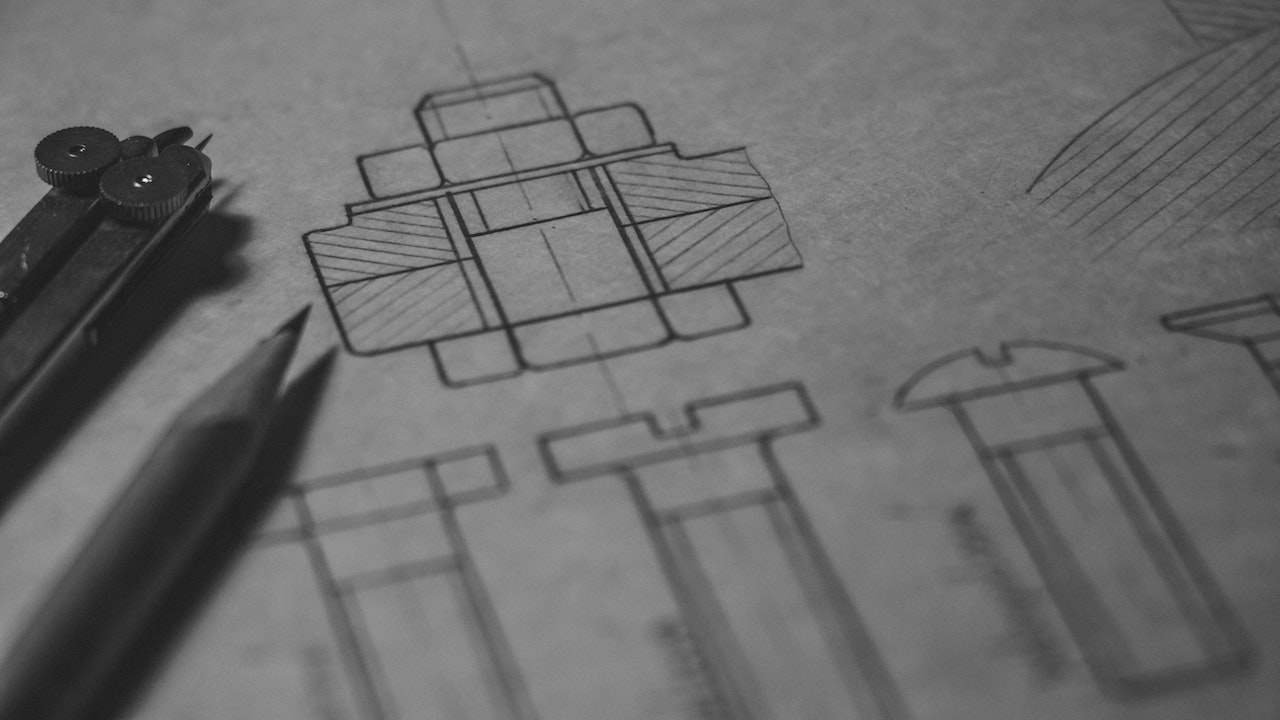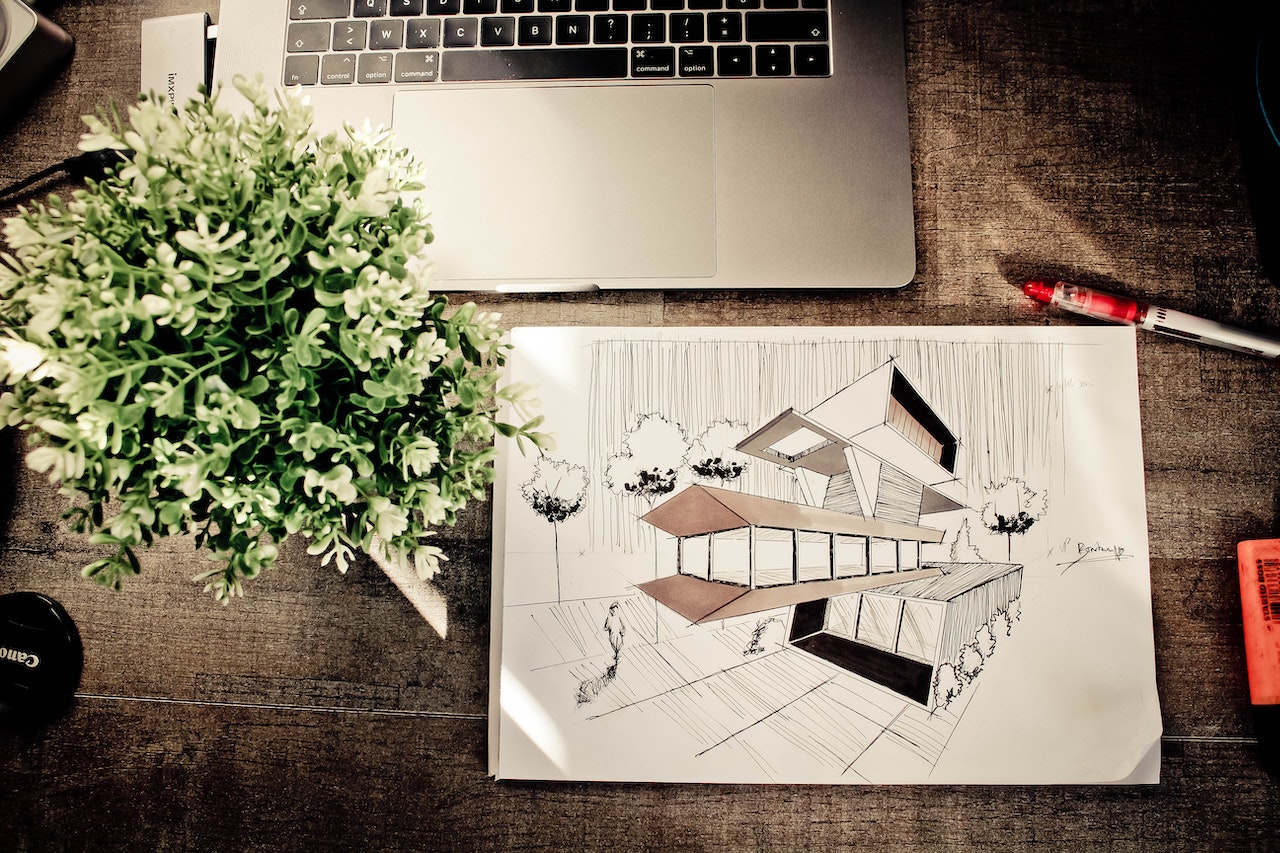The Evolution Of Sustainable Design Practices - A Look At Sustainable Design
The evolution of sustainable design practices has been a gradual process that has seen designers embrace new and innovative ways of creating designs that are environmentally friendly. In this article, we will take a closer look at the evolution of sustainable design practices, from their early beginnings to their present state.
Author:George EvansFeb 17, 2023148.3K Shares2.1M Views

The evolution of sustainable design practiceshas been a gradual process that has seen designers embrace new and innovative ways of creating designs that are environmentally friendly. In this article, we will take a closer look at the evolution of sustainable design practices, from their early beginnings to their present state.
Sustainable design is a crucial aspect of contemporary design practices. It is a design philosophy that aims to minimize the negative impact of design on the environment while ensuring that the design serves its intended purpose effectively.
The Beginnings Of Sustainable Design
Sustainable design practices can be traced back to the early days of human civilization, where the use of natural materials was an essential part of the design process. In ancient times, designers used materials such as clay, stone, and wood, which were readily available and sustainable, to create their designs.
The designs were simple and functional, reflecting the needs of the time. The sustainability of these designs was not a conscious consideration, but rather a result of the limited resources available.
The Industrial Revolution And The Emergence Of Mass Production
With the advent of the Industrial Revolution, the production of goods became faster and more efficient, leading to the mass production of goods. This had a profound impact on design practices, with designers now able to create designs that were more complex and ornate.
However, this shift in design practices also had negative environmental consequences, as mass production processes consumed large amounts of energy and generated vast amounts of waste.
The Emergence Of Environmental Awareness
In the 1960s and 1970s, environmental awareness began to emerge as a major issue, with growing concerns about the impact of industrialization on the environment. This led to a shift in design practices, with designers now starting to consider the environmental impact of their designs.
Designers began to experiment with new materials and techniques that were more sustainable, such as the use of recycled materials and the application of environmentally friendly production processes.
The Emergence Of Green Design
The concept of "green design" emerged in the 1980s and 1990s, as a response to the growing environmental crisis. The green design was characterized by a focus on the environmental impact of design, with designers seeking to minimize the negative impact of their designs on the environment.
This was achieved through the use of sustainable materials, energy-efficient production processes, and designs that incorporated features that conserved energy and water.
The Evolution Of Sustainable Design Practices For Today
Today, sustainable design has evolved into a holistic and integrated approach that considers the environmental impact of design at every stage of the design process. This includes the use of sustainable materials, the application of environmentally friendly production processes, and the incorporation of features that conserve energy and water.
Designers are also using technology to create designs that are more sustainable, such as the use of virtual and augmented reality technologies to reduce the need for physical prototypes, and the use of digital tools to minimize waste.
Key Components Of Sustainable Design
Sustainable design is a comprehensive approach that considers the entire lifecycle of a product, building, or system. In order to create truly sustainable designs, designers must consider a number of key components in their design process. These components include:
Sustainable Materials
The use of materials that are renewable, recyclable, and biodegradable is critical to sustainable design. Designers must consider the environmental impact of materials throughout their entire lifecycle, from extraction and production to disposal.
Energy-efficient Design
Energy efficiency is an important aspect of sustainable design, as buildings and systems that are energy-efficient consume less energy and reduce the demand for non-renewable energy sources. Designers can incorporate features such as efficient lighting, insulation, and heating and cooling systems to reduce energy usage.
Water Conservation
Water is a precious resource that is becoming increasingly scarce in many parts of the world. Sustainable design must consider ways to conserve water, such as through the use of low-flow fixtures and rainwater harvesting systems.
Environmentally Friendly Production Processes
The production process of a design can have a significant impact on the environment. Designers must consider ways to minimize waste and reduce the use of harmful chemicals and materials during production.
Recycling And Waste Reduction
The use of sustainable materials and environmentally friendly production processes can help to reduce waste, but it is also important to consider ways to recycle and dispose of materials at the end of their lifecycle.
Challenges And Opportunities In Sustainable Design
While the adoption of sustainable design practices is becoming increasingly common, there are still a number of challenges that designers must overcome in order to create truly sustainable designs. These include:
Availability Of Sustainable Materials
Sustainable materials can be more expensive and harder to find than conventional materials, making it challenging for designers to incorporate them into their designs.
Cost Of Environmentally Friendly Production Processes
The use of environmentally friendly production processes can increase the cost of production, making it difficult for designers to incorporate sustainable design practices into their projects.
Education And Awareness
Many stakeholders, including clients and building owners, may not be aware of the importance of sustainable design and the benefits it can provide. It is the responsibility of designers to educate stakeholders about the importance of sustainable design and the impact it can have on the environment and human health.
At the same time, there are also a number of opportunities for designers to innovate and create designs that are truly sustainable. These include:
The Use Of Technology
Technology is playing an increasingly important role in sustainable design, with designers using virtual and augmented reality to create prototypes and minimize waste. Digital tools are also being used to analyze the environmental impact of materials and production processes, enabling designers to make more informed decisions.
The Rise Of The Circular Economy
The circular economy is a model for production and consumption that aims to minimize waste and keep materials in use for as long as possible. Designers can play a key role in this transition by creating designs that are compatible with the principles of the circular economy.

Lec 5: Evolution of sustainability within Design
The Growth Of The Green Building Market
The demand for green buildings is growing, driven by concerns about the environment, health, and well-being. Designers can take advantage of this trend by incorporating sustainable design practices into their projects and contributing to the growth of the green building market.
People Also Ask
What Is Sustainable Design?
Sustainable design is a design approach that focuses on creating products, buildings, and systems that are environmentally responsible and resource-efficient.
Why Is Sustainable Design Important?
Sustainable design is important because it helps to address the environmental crisis by reducing waste, conserving energy and water, and using environmentally friendly production processes.
What Are The Key Components Of Sustainable Design?
The key components of sustainable design include the use of sustainable materials, environmentally friendly production processes, and features that conserve energy and water.
Conclusion
In conclusion, the evolution of sustainable design practices has been a gradual process that has seen designers embrace new and innovative ways of creating designs that are environmentally friendly.
From its early beginnings, where the use of natural materials was an essential part of the design process, to its present state, where sustainable design is a holistic and integrated approach that considers the environmental impact of design at every stage of the design process, the evolution of sustainable design practices has been driven by a desire to minimize the negative impact of design on the environment.
As the environmental crisis continues to escalate, it is more important than ever that designers adopt sustainable design practices in order to create designs that are environmentally responsible and sustainable. The evolution of sustainable design practices is a journey that will continue to evolve, as designers seek new and innovative ways of creating designs that are environmentally friendly.
Jump to
The Beginnings Of Sustainable Design
The Industrial Revolution And The Emergence Of Mass Production
The Emergence Of Environmental Awareness
The Emergence Of Green Design
The Evolution Of Sustainable Design Practices For Today
Key Components Of Sustainable Design
Challenges And Opportunities In Sustainable Design
People Also Ask
Conclusion

George Evans
Author
George Anderson, an exceptional architectural designer, envisions and brings to life structures that transcend the realm of imagination. With an unwavering passion for design and an innate eye for detail, George seamlessly blends form and function, creating immersive spaces that inspire awe.
Driven by a deep appreciation for the interplay of space, light, and materials, George's innovative approach redefines the possibilities of architectural design. His visionary compositions leave an indelible mark, evoking a sense of wonder and transforming the built environment.
George Anderson's transformative designs and unwavering dedication continue to shape the architectural landscape, pushing the boundaries of what is possible and inspiring generations to come.
Latest Articles
Popular Articles
